Established in 2012, he created his brand with the goal to convey a positive message and energy that could be felt greater than mere illustrations. By turning fun ideas and characters into toys, he hopes that people can share a sense of joy through his toys. His wood-style custom toys have garnered a favourable amount of attention since its conception and he’s had the honour of collaborating with designers from Taiwan, Thailand, Hong Kong, Singapore, Indonesia, and Japan.
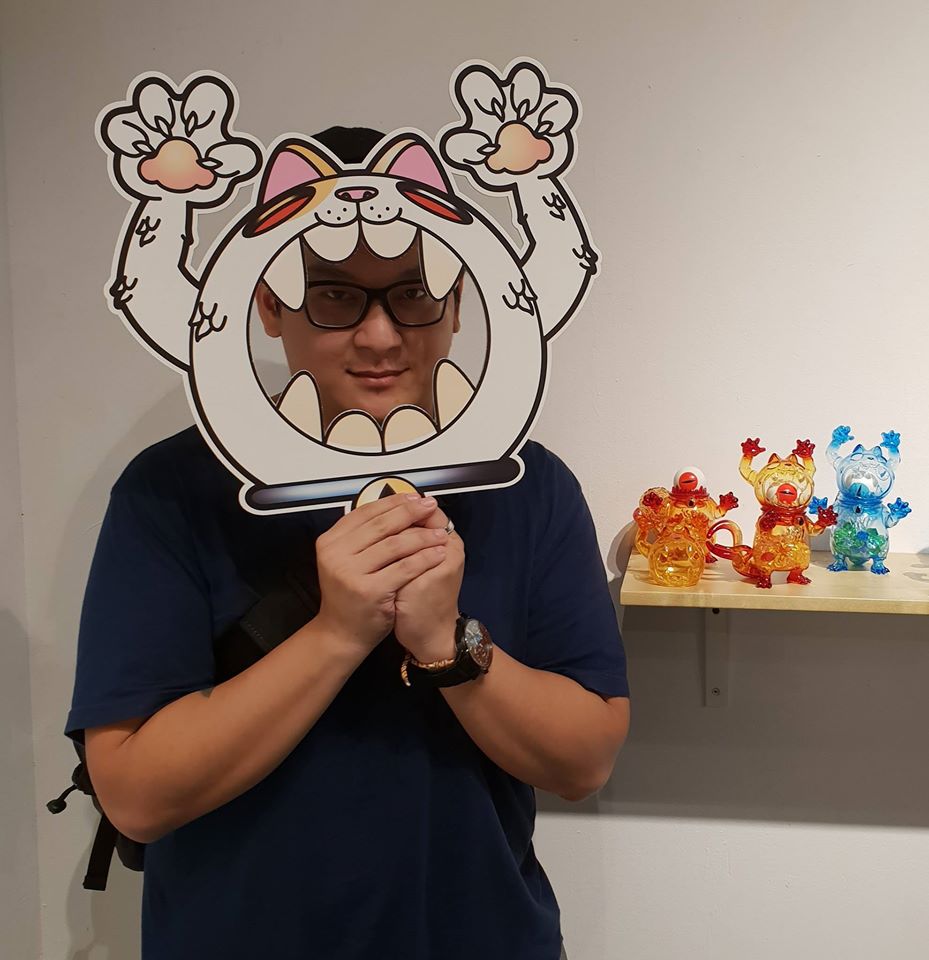
Q: How did you get interested in toy design?
A: I have loved toys ever since I was a child, and I have always been accustomed to collecting toys. During a semester in college, I had my first encounter with designer toys, which is also commonly known as trendy toys.
At that time, it was only a small collection. Until 2012, I got tired of working and went to Taiwan’s toy design exhibition with my friends. On one hand, I went to see the toys, and on the other hand, because I knew that my favourite designer would be participating in the exhibition, I brought his work and wanted to get his signature.
While I was there and queuing all night, I chatted with other toy collectors who were also waiting in line with many of their own toys. It was then I realise that the joy and happiness toys bring to collectors is pure and direct. I was moved and felt happy when I saw that strangers were able to interact with each other through their common interest and own collection.
At that moment, I felt that maybe the character I designed could also be launched as toy works. I was determined to be a toy designer from that point on, hoping that others would be happy with my own work.

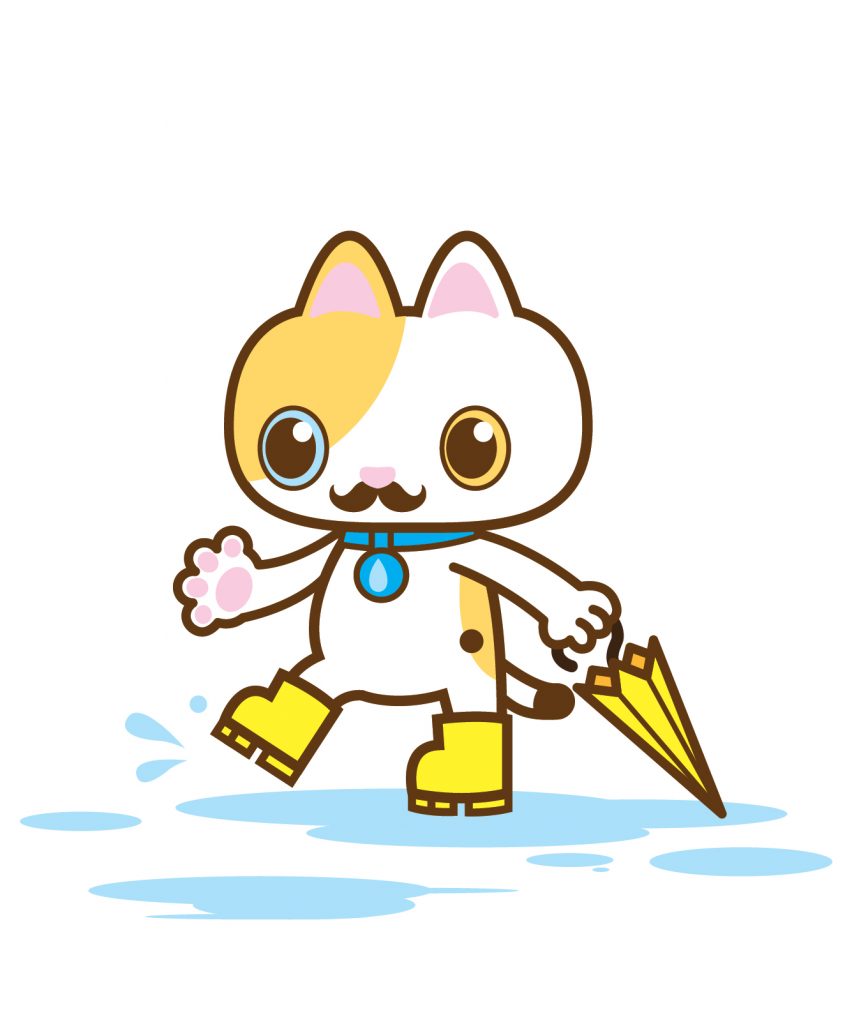
Q: What were some of your favourite toys growing up? Do you think they impacted the kinds of things you create now?
A: My favourite toys are Molly by Ken Wong from Hong Kong and Shinichiro Kitai’s To-fu from Japan. I started to step into the toy industry because I liked their works. I even got the chance to meet them and learned a lot from them after entering the toy trade.
Q: Your signature wood-style models have such intricate details that give them this natural-looking rustic finishing to them. What does your toy making process look like and on average, how long does it take for you to actually complete one toy model?
A: The process requires exploring some methods of shaping and colouring. For the works I started modifications with, I painted them in a way to create a certain texture, such as iron, wood, rust, etc. In order to paint and match the finishing as close as you want, you have to constantly observe real objects and collect more information. For example, finding ways to express the degree of rust and the expression of wood can be assisted by the ordinary observation of the real thing. Of course, I also have to give thanks to some seniors and netizens for sharing some of their colouring techniques.
The production process involves some surface cutting on the toy. From there, I will consider and study the colour and effect the coating is intended for, and then finish the coating with the help of the knowledge I acquired from my previous research data/experience. The whole process will take about a week.

Q: What is the most challenging part of what you do and how do you overcome that challenge?
A: To me, a common challenge for toy designers is understanding that the industry is not just about design. After a deep understanding, in addition to design and packaging, we also need to know marketing. How to let more people know you and your creations is the biggest challenge.
Another problem we encounter is that they need to find different production factories and discuss with them production issues and quotations. After the factory completes the production, it is necessary to balance quantity control and quality check.
The above problems can only be solved when I encounter them myself. At the same time, I will ask some seniors who are also in the toy business.
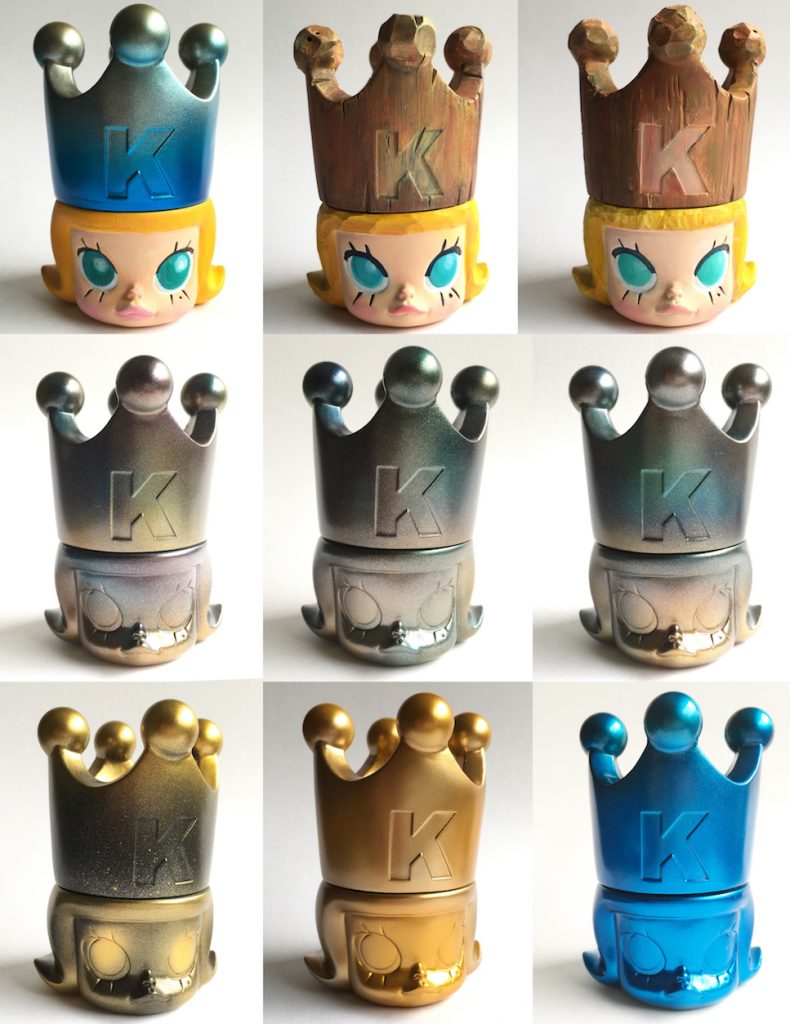
Q: If you had to pick, which would be your favourite toy model that you’ve had a hand in creating?
A: There is a cute series and concept series in my own works. I think my representative work is my first toy work “Dream-MonTae”, which is a cat toy wearing rain boots. Because of my love for cats, I used a cat as my first prototype. It is cuter and completely different from the eccentric style of “Zhang Ya Wu Claw-UnderSkin”. This is because the style of my usual illustrations is based on cute and unconventional subjects. My illustrations usually want to express some positive message or make people feel a sense of remedial calm after seeing them.
“Zhang Ya Wu Claw-UnderSkin” is my second work after I officially entered the toy design/creation circle. Different from my first work, this is a series of works where I tried to focus on the topic of “humanity” for the very first time. Its concept mainly tells that we will always meet people in society who you can’t judge based on the mask they wear. You never know what they’re hiding. Some people may come across as being friendly on the outside, while on the inside, they might have the motive to hurt you.
I will use the characters I design to become the protagonist of the illustration. Later, the protagonist character will then be transformed into a toy, which is a connection between illustration and toys.

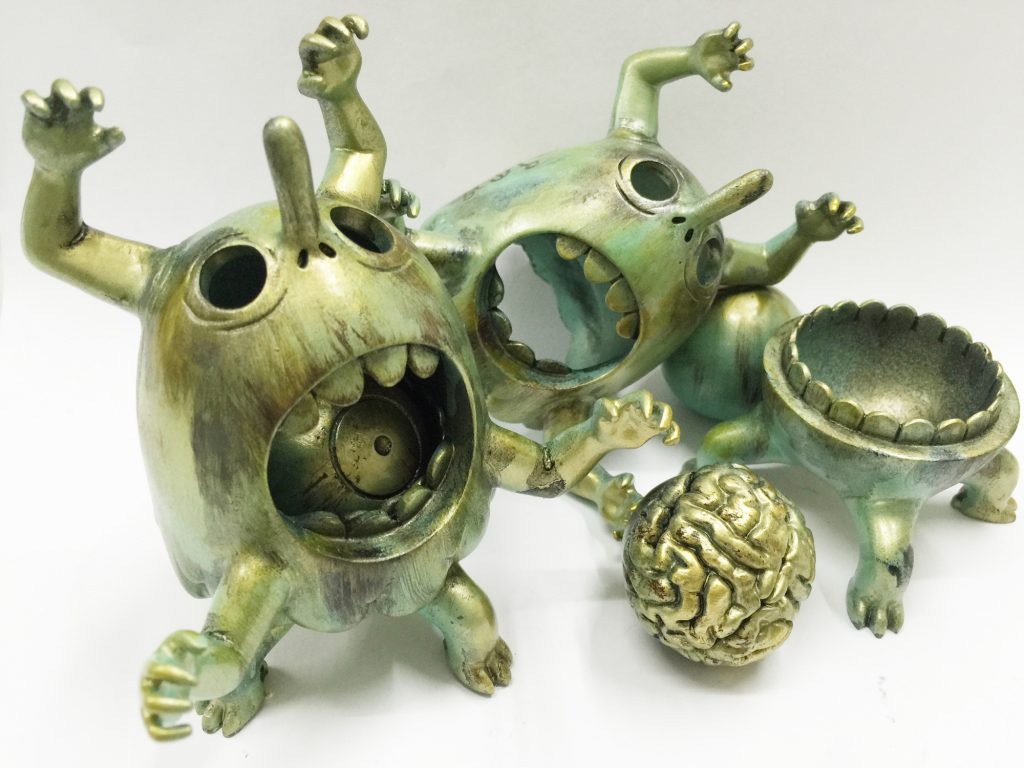
Q: What’s the best part of being a toy designer?
A: I personally yearn for a free life, and my creations are very freeing. Toys are things I like, so toy creation is the pursuit of freedom in my favourite things. Of course, the main thing about toys is that they’re fun. And after joining this industry, I’ve gotten the chance to be acquinated with designers and collectors from around the world who have now become my friends, which is also a bonus to becoming a toy designer.
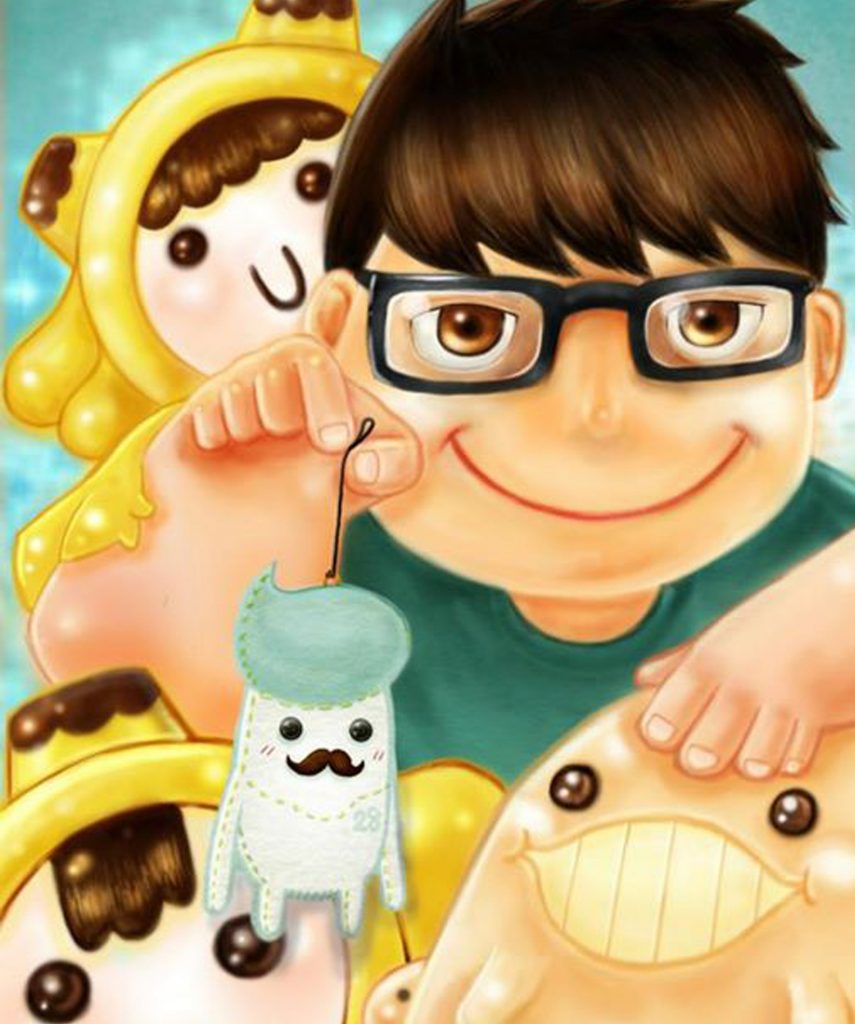
Good things are meant to be shared. 😉 To see more of Little Good Thing’s work, check out the links below!
Facebook: littlegoodthing
Instagram: littlegoodthingsb
